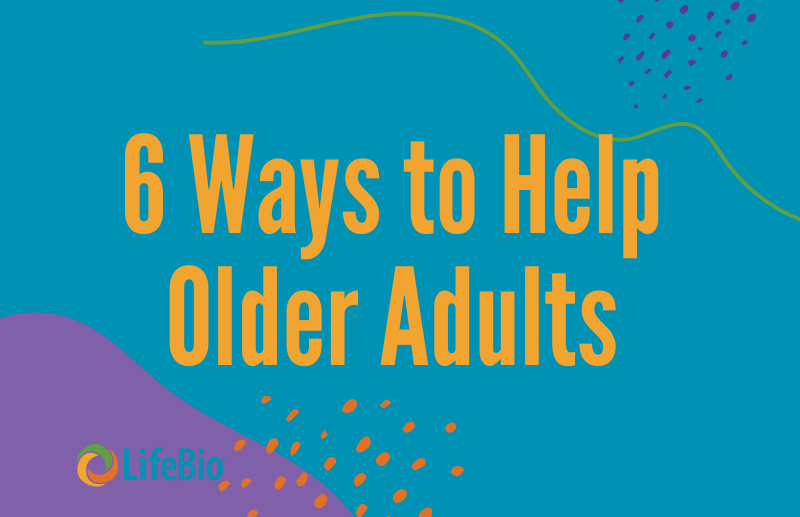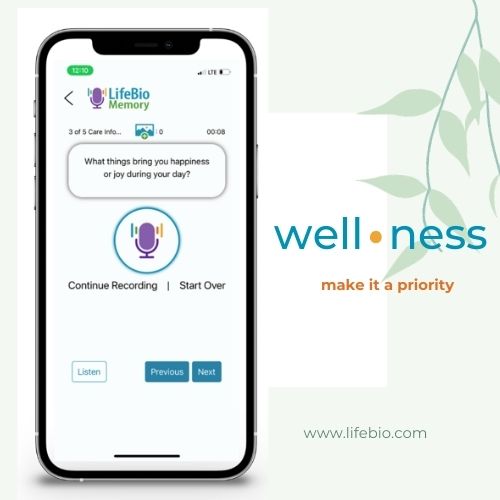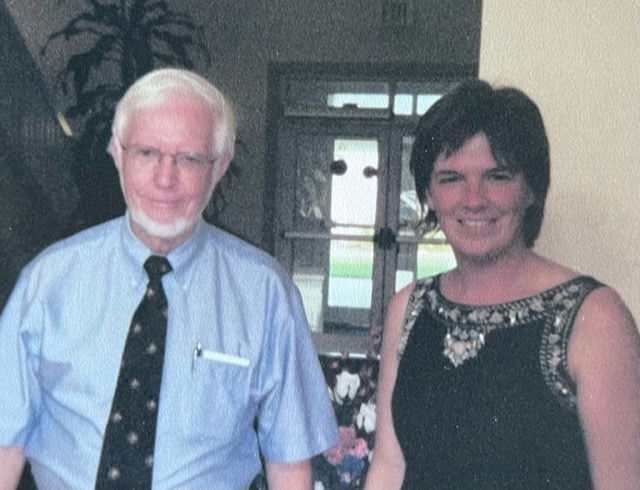Lights in the Darkness

Every year when we set up our Christmas tree, my son says the same thing: “I can’t wait until it gets really dark so we can sit on the couch and look at the lights.” The darkness makes the light more visible, more incredible. Those tiny, twinkling bulbs become something more than filament and glass. They become something akin to hope.
At LifeBio, we’ve been contemplating the problem of loneliness. Loneliness and social isolation are growing: a recent study found that 43% of adults over 65 in community living report feeling lonely, and the pandemic is only increasing these numbers. One large, worldwide study examining the quality of social relationships found that poor quality of social relationships and the resulting loneliness was linked to early mortality at a rate comparable to other risk factors for death such as smoking 15 cigarettes a day, obesity, or physical inactivity. (An in-depth discussion of the loneliness epidemic can be found on our blog here.)
The research on loneliness is bleak. The stories of isolation are heartbreaking. One of our clients in LifeBio’s MyHello program was a woman in her 80s, who was isolated at home due to health problems and no transportation. She shared, “If I don’t see my mail lady, I don’t see or talk to anyone all day.” The holidays are a time when loneliness tends to increase. The expectations of warmth, joy, and companionship do not match the reality of current circumstances. Perhaps someone is recently widowed, perhaps they live far from their family, perhaps their friendships have faded over time. The TV commercials of happy groups gathering to celebrate reinforce the feeling of loss. The smell of gingerbread baking serves as a reminder of traditions no longer shared with those who mattered most.
This lived reality is dark. It is hard to move towards the joy that stories and songs tell us should fill our hearts this time of year. However, glimmering dimly in this darkness there are stories of hope. Each on its own casts a faint glow, but when you string the stories together into a strand, they light up the whole room.
For Beth Sanders, Dr. Richard Morgan comes to mind immediately. Dr. Morgan, a retired chaplain, pastor, and professor, authored the book, Remembering Your Story: Creating Your Own Spiritual Autobiography in 2002. Beth met Richard when he decided to go through the LifeBio story process online, in his late 70s, to create his own autobiography. They realized they both had a love of personal life storytelling; they have enjoyed keeping up with each other's work through many years. Now 92, Dr. Morgan just recently created and led a new “Remembering Your Story” group in his community home. He has always lived with mission and purpose, listening and honoring the stories of those around him and affirming their inherent dignity and value. He seeks out isolated people in his senior care community, even though they may have cognitive or communicative limitations and he has to use a walker to get to them. Dr. Morgan recently published a new book for people 80 and beyond, Light of Setting Suns: Reflecting on Realities and Mysteries at Ninety Years of Life, coaching them on how to live a meaningful, fully engaged life until the very end. His light only continues to burn brighter as his years advance.
We think of the LifeBio program that took place in the middle of the pandemic at the Gateway Community Action Partnership (GCAP) in New Jersey. When the pandemic hit, the older volunteers who served as “Foster Grandparents” to the young people at the center were left completely disconnected at home without reliable internet. LifeBio was able to meet them where they were by using phone lines to create a weekly “My Hello” meetup with guided conversations. As the foster grandparent program director at GCAP, Natalia Uribe, described in a recent talk, “We connected, we laughed, we cried. It provided a virtual hug.” The phone calls also provided an icebreaker to using technology for relationship-building to those older members of the GCAP community, making them more willing to try out Zoom and other modes of contact.
These are small bulbs, but strung together, they glow starkly against the shadow of loneliness. When we reflect on our year and remember all the other moments – hundreds and hundreds of life stories we captured through grants in Tennessee, California, Washington state; the intergenerational Veterans story project that happened in Kentucky; the launch of our app, LifeBio Memory, that will make narrative care easier and more accessible; the clinical study started with Brown University of LifeBioALZ, for the early detection and assessment of Alzheimer's disease; and so many other stories, moments, and lives we connected with this year – those little lights become a blaze that fills our hearts with hope. These fires are just the beginning. We will light so many more.
The problem of loneliness is big, but we have seen firsthand that there are solutions that work. Narrative care and storytelling methods provide meaning and social connection. They foster resilience and motivation to press on. We can encourage and grow these personal determinants of health and stave off loneliness, isolation, helplessness, depression, and meaninglessness. It is possible and in some ways simple: we pick up a phone, we ask the right question, we see the people in front of us as the miracles they are. We hang the lights and watch in awe as they transform the tree.




